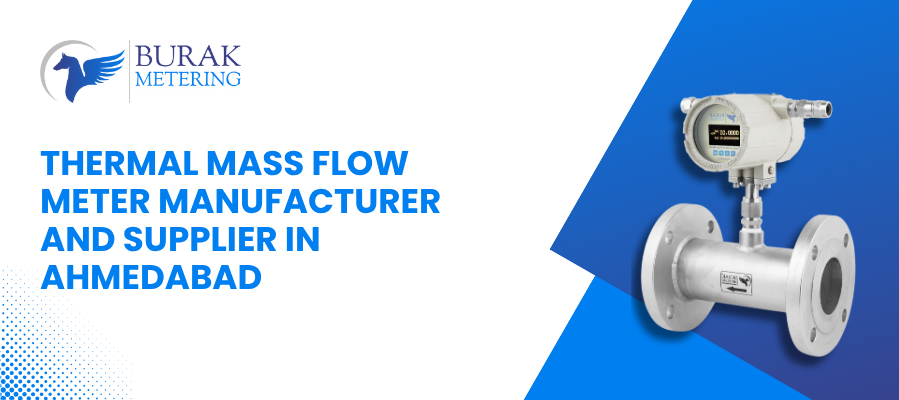 Phone
Phone

Thermal mass flow meters have a high turndown proportion at a rate of 100 to 1, implying that they precisely and repeatably measure a significantly wider scope of flow rates over other flowmeter innovations. Pressure varieties do not influence them since the warm meter checks particles.
Thermal mass flow meters have incredibly low-pressure drops (estimated in creeps of water). Most gas flow meters have outrageously low-end sensitivity and are fit for recognizing even a pilot light in a petroleum gas line. Thermal mass flow meters have no moving parts. The innovation relies upon a pair of resistance temperature detectors (RTDs)containing stable platinum wound sensors ensured with a treated steel sheath.
These meters offer phenomenal repeatability and reproducibility with irrelevant support over an expansive stream range. Similar to the Sage Metering Paramount and Prime, some meters offer a basic alignment check routine to promise the client that the meter is performing precisely without eliminating the stream meter from the establishment.
Learn More: Everything You Need to Know about Thermal Mass Flow Meter
They are not difficult to introduce, especially the Burak Metering inclusion models, which require a wallet to acknowledge the Burak disengagement valve gathering, and there is no slicing into the line to embed spool areas. They are prudent since they remove the expense and establish the auxiliary temperature and pressure factor transmitters. These meters estimate the development of a liquid in a line or conduit.
So, in this present meter’s least complex setup, gas streams past a warmed speed sensor and a temperature sensor. At that point, the gadget attempts to maintain a consistent contrast of 50 degrees Celsius between the gas and the warmed sensor.
As the gas streams past the warmed sensor, its atoms take a portion of the warmth, making a cooling impact. So, the watts expected to keep up the temperature distinction between the two sensors are straightforwardly relative to the mass flow rate. Also, the measure of warmth lost relies upon the gas's thermal properties and stream speed.
Contact us today to discuss the right flow solution for your process.